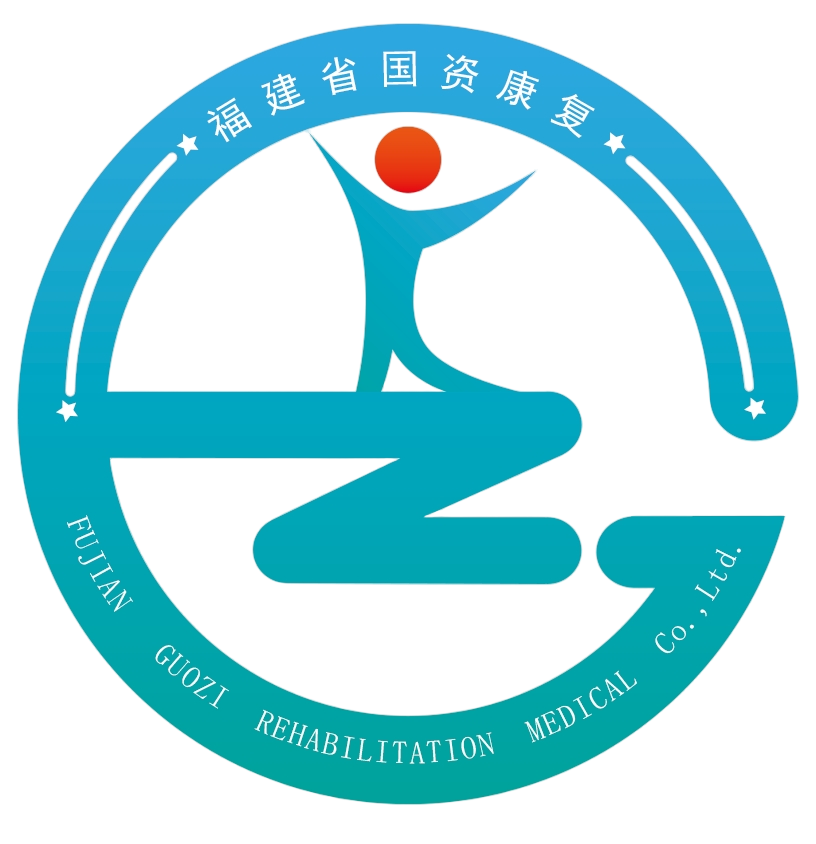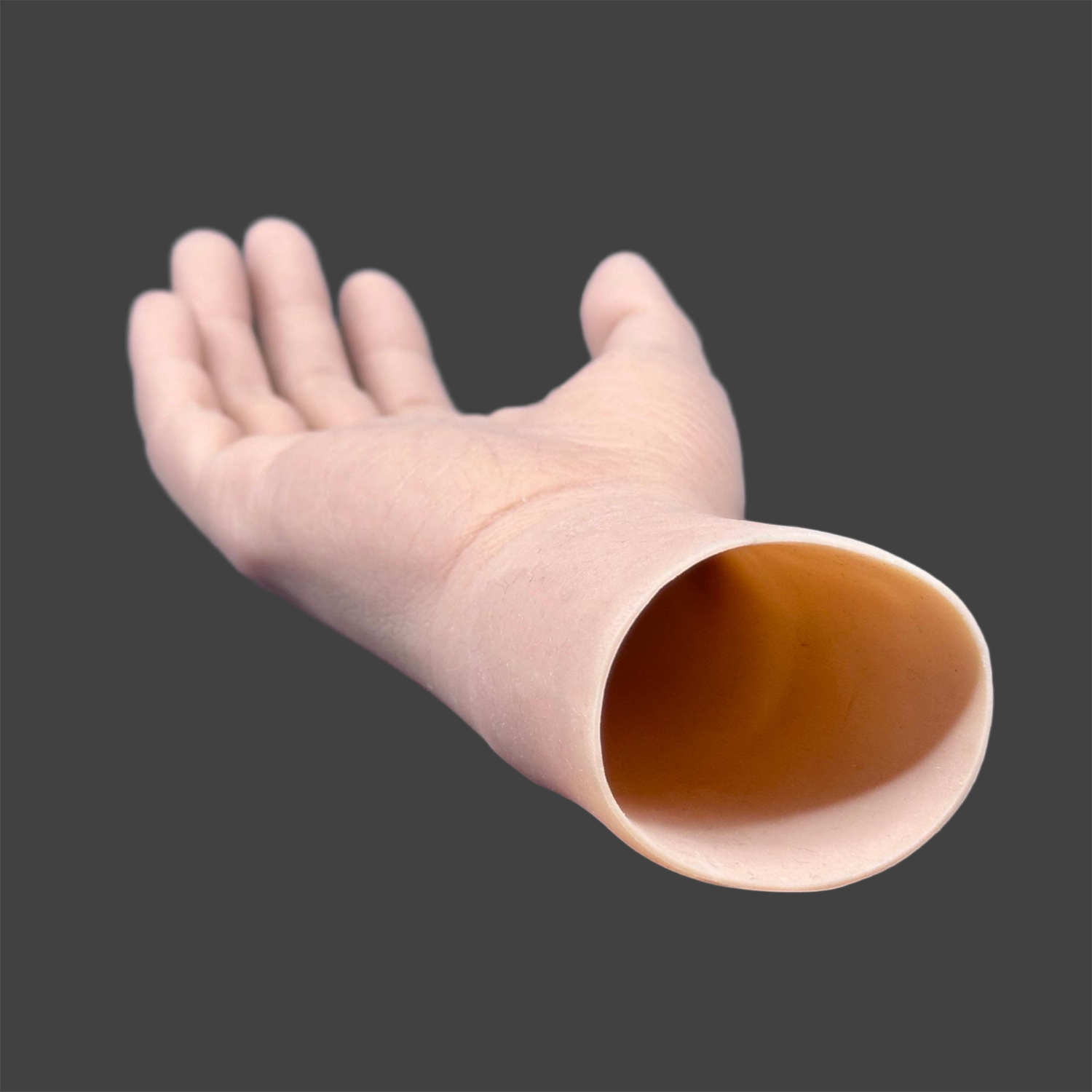Understanding the Impact of Personalized Prosthetic Solutions in Modern Healthcare
The world of prosthetic care has evolved dramatically over the past decades, with healthcare professionals taking an increasingly personalized approach to recommending prosthetic accessories. These recommendations are far more than simple suggestions – they represent carefully considered decisions based on extensive patient evaluation, lifestyle requirements, and medical needs. The relationship between healthcare providers and their patients in selecting appropriate prosthetic accessories has become a cornerstone of successful rehabilitation and long-term mobility outcomes.
Modern prosthetic technology offers an unprecedented range of options, making professional guidance more crucial than ever. Healthcare professionals must navigate through numerous considerations to ensure their patients receive the most beneficial and appropriate prosthetic accessories for their specific situations. This comprehensive approach has revolutionized the way individuals with limb differences experience daily life and achieve their personal goals.
The Science Behind Prosthetic Accessory Selection
Biomechanical Considerations
When recommending prosthetic accessories, healthcare professionals carefully evaluate the biomechanical aspects of each patient's condition. This includes analyzing gait patterns, weight distribution, and overall body mechanics. The goal is to select accessories that will promote natural movement while preventing potential complications such as joint stress or muscle imbalances.
Advanced measuring techniques and motion analysis tools help professionals understand how different prosthetic accessories affect a patient's movement patterns. This scientific approach ensures that recommendations are based on objective data rather than assumption, leading to better outcomes and increased patient satisfaction.
Material Technology and Durability Factors
The materials used in prosthetic accessories play a crucial role in their effectiveness and longevity. Healthcare professionals consider factors such as weight, durability, and wear resistance when making recommendations. Modern materials like carbon fiber composites and advanced polymers offer superior performance while maintaining comfort and reliability.
Environmental factors also influence material selection, as different climates and activity levels can affect how prosthetic accessories perform and wear over time. Professionals must account for these variables to ensure their recommendations will serve patients well in their specific circumstances.
Lifestyle Integration and Daily Activities
Activity Level Assessment
Healthcare professionals conduct thorough assessments of patients' daily activities and lifestyle requirements before recommending prosthetic accessories. This includes evaluating work demands, recreational activities, and home life requirements. Understanding the full scope of a patient's needs helps ensure that recommended accessories will support all aspects of their life.
Different activity levels require different types of prosthetic accessories. For instance, an active athlete might need specialized sports-specific components, while someone with a desk job might prioritize comfort and ease of use during extended sitting periods.
Environmental Adaptability
The environment in which patients live and work significantly influences prosthetic accessory recommendations. Healthcare professionals consider factors such as climate, terrain, and typical weather conditions. This attention to environmental details helps ensure that recommended accessories will perform reliably in all conditions.
Some patients may need multiple sets of prosthetic accessories to accommodate different environmental challenges, such as waterproof components for swimming or specialized grips for outdoor activities.

Financial and Insurance Considerations
Cost-Benefit Analysis
Healthcare professionals must balance the benefits of advanced prosthetic accessories with their cost implications. They work closely with patients to understand budget constraints while ensuring recommended solutions provide maximum value. This often involves exploring various options at different price points without compromising essential functionality.
Long-term cost considerations also play a role, as more durable or higher-quality prosthetic accessories might represent better value despite higher initial costs. Professionals help patients understand the financial implications of different choices and their impact on long-term outcomes.
Insurance Navigation
Understanding insurance coverage for prosthetic accessories is a crucial aspect of the recommendation process. Healthcare professionals work to recommend accessories that not only meet patient needs but also align with insurance coverage parameters. This requires staying current with insurance policies and documentation requirements.
Many professionals maintain relationships with insurance providers and can advocate for patients when specific prosthetic accessories are medically necessary but face coverage challenges. This advocacy helps ensure patients receive the most appropriate solutions for their needs.
Future Adaptability and Maintenance
Long-term Care Planning
Healthcare professionals consider the future when recommending prosthetic accessories, anticipating how patients' needs might evolve over time. This forward-thinking approach helps ensure that chosen accessories can adapt to changing circumstances and support long-term rehabilitation goals.
Maintenance requirements and the availability of replacement parts also factor into recommendations. Professionals guide patients in understanding how to care for their prosthetic accessories and when to seek adjustments or replacements.
Technology Integration
The rapidly evolving field of prosthetic technology influences professional recommendations. Healthcare providers stay informed about new developments and innovations in prosthetic accessories to ensure their patients benefit from advancing technology when appropriate.
Some prosthetic accessories now incorporate smart technology or can be upgraded with new features as they become available. Professionals consider these possibilities when making recommendations, helping patients prepare for future technological integration.
Frequently Asked Questions
How often should prosthetic accessories be replaced?
The replacement schedule for prosthetic accessories varies depending on usage patterns, wear and tear, and specific component types. Healthcare professionals typically recommend regular assessments to evaluate accessory condition and performance, with most items needing replacement every 1-3 years based on individual circumstances.
Can prosthetic accessories be customized after initial fitting?
Yes, many prosthetic accessories can be adjusted or customized after the initial fitting. Healthcare professionals work with patients to fine-tune accessories as needs change or comfort issues arise, ensuring optimal fit and function throughout the lifecycle of the prosthetic solution.
What role does physical therapy play in prosthetic accessory selection?
Physical therapists are integral to the prosthetic accessory selection process, as they provide valuable insights into a patient's functional capabilities and rehabilitation progress. Their assessments help determine which accessories will best support the patient's recovery and long-term mobility goals.




